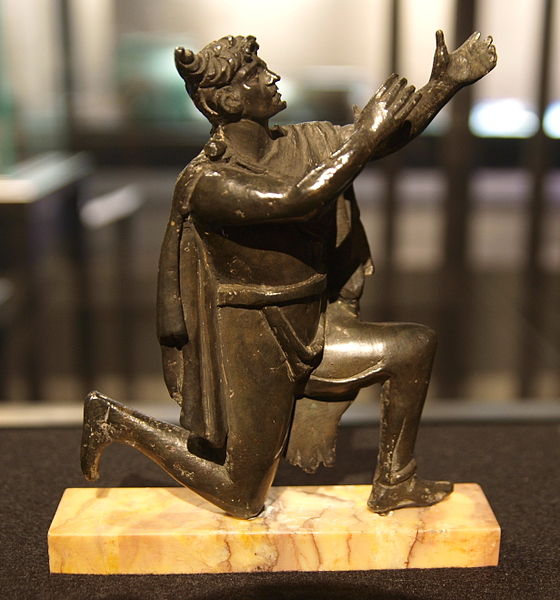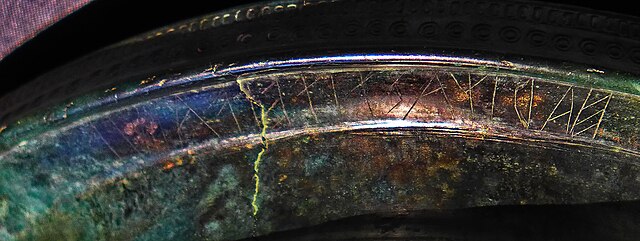The barbarian kingdoms, also known as the post-Roman kingdoms, the western kingdoms, or the early medieval kingdoms, were the states founded by various non-Roman, primarily Germanic, peoples in Western Europe and North Africa following the collapse of the Western Roman Empire in the fifth century. The formation of the barbarian kingdoms was a complicated, gradual and largely unintentional process, as the Roman state failed to handle barbarian migrants on the imperial borders, leading to both invasions and invitations into imperial territory, but simultaneously denied barbarians the ability to properly integrate into the imperial framework. The influence of barbarian rulers, at first local warlords and client kings without firm connections to any territories, increased as Roman emperors and usurpers used them as pawns in civil wars. It was only after the collapse of effective Western Roman central authority that the barbarian realms transitioned into proper territorial kingdoms.

20th-century painting of Alaric I, leader of the Visigoths 395–410, entering Athens after capturing the city in 395
Coin of Desiderius, king of Italy 756–774, with the inscription DN DESIDER REX (dominus noster Desiderius rex)
The Germanic peoples were historical groups of people that once occupied Northwestern and Central Europe and Scandinavia during antiquity and into the early Middle Ages. Since the 19th century, they have traditionally been defined by the use of ancient and early medieval Germanic languages and are thus equated at least approximately with Germanic-speaking peoples, although different academic disciplines have their own definitions of what makes someone or something "Germanic". The Romans named the area belonging to North-Central Europe in which Germanic peoples lived Germania, stretching east to west between the Vistula and Rhine rivers and north to south from southern Scandinavia to the upper Danube. In discussions of the Roman period, the Germanic peoples are sometimes referred to as Germani or ancient Germans, although many scholars consider the second term problematic since it suggests identity with present-day Germans. The very concept of "Germanic peoples" has become the subject of controversy among contemporary scholars. Some scholars call for its total abandonment as a modern construct since lumping "Germanic peoples" together implies a common group identity for which there is little evidence. Other scholars have defended the term's continued use and argue that a common Germanic language allows one to speak of "Germanic peoples", regardless of whether these ancient and medieval peoples saw themselves as having a common identity. While several historians and archaeologists continue to use the term "Germanic peoples" to refer to historical people groups from the 1st to 4th centuries CE, the term is no longer used by most historians and archaeologists for the period around the Fall of the Roman Empire and the Early Middle Ages.

Roman bronze statuette representing a Germanic man with his hair in a Suebian knot. Dating to the late 1st century – early 2nd century A.D.
The inscription on the Negau helmet B, carved in the Etruscan alphabet during the 3rd–2nd c. BCE, is generally regarded as Proto-Germanic.
Replica of an altar for the Matrons of Vacallina (Matronae Vacallinehae) from Mechernich-Weyer, Germany
The Roman province of Germania, in existence from 7 BCE to 9 CE. The dotted line represents the Limes Germanicus, the fortified border constructed following the final withdrawal of Roman forces from Germania.






